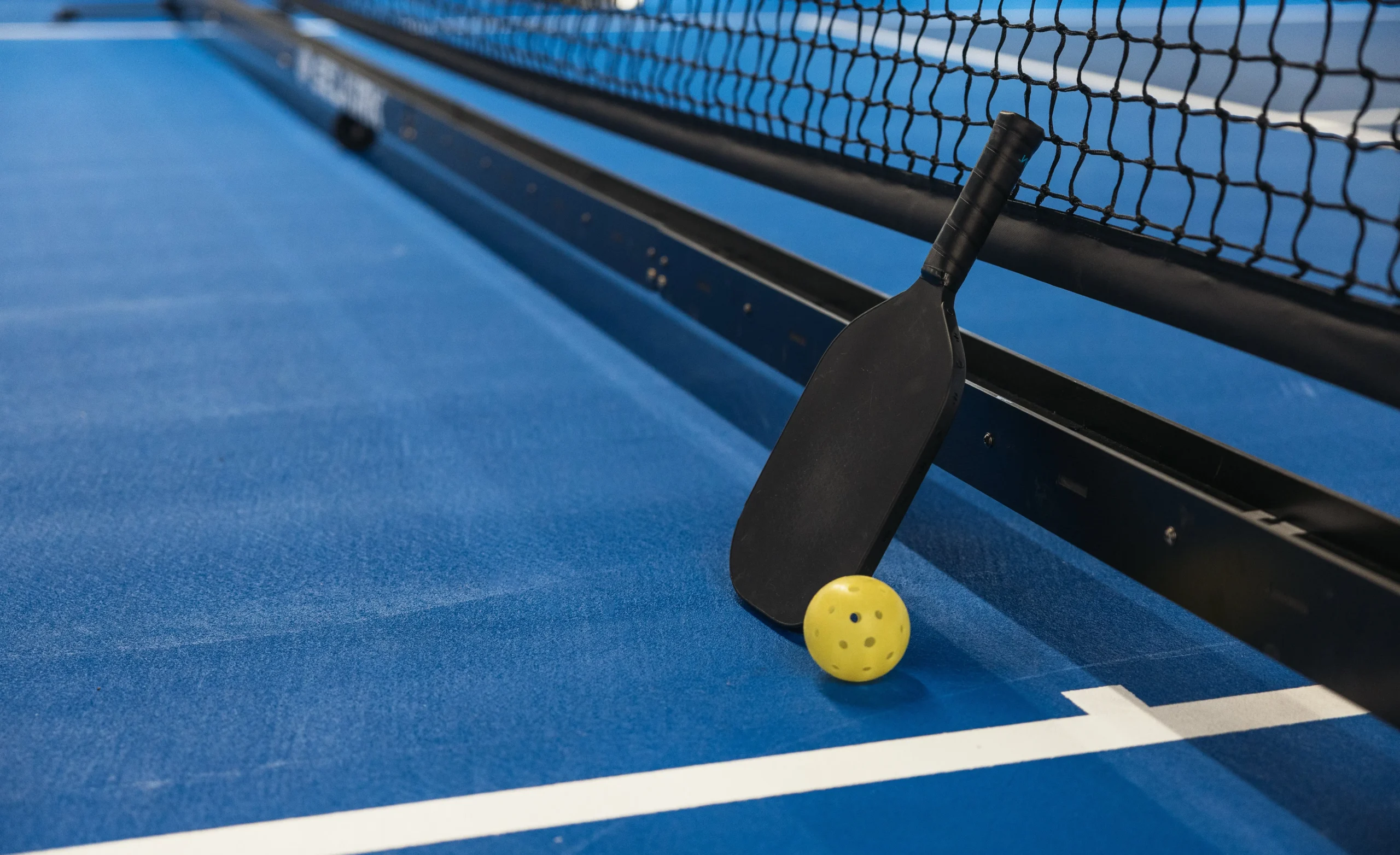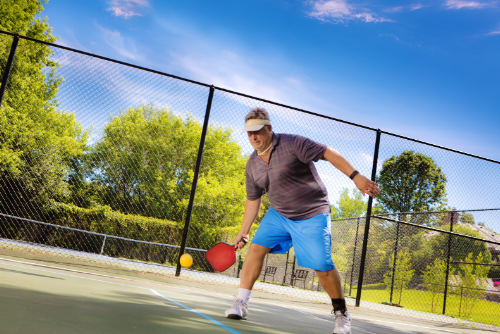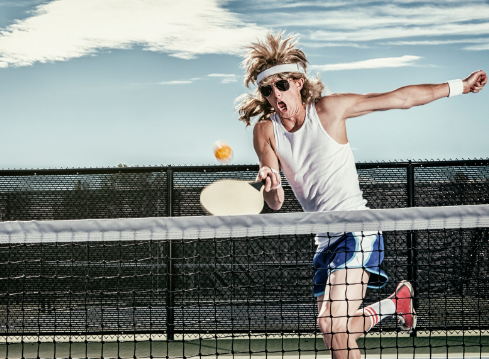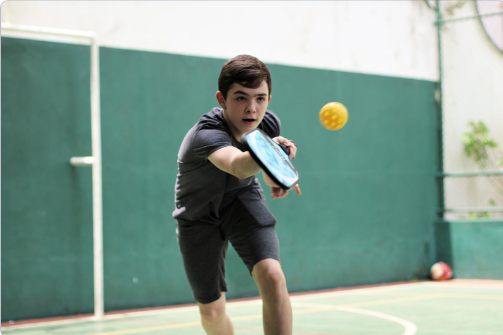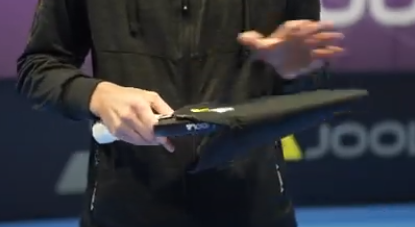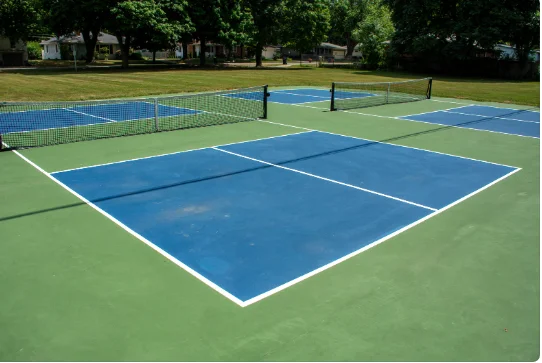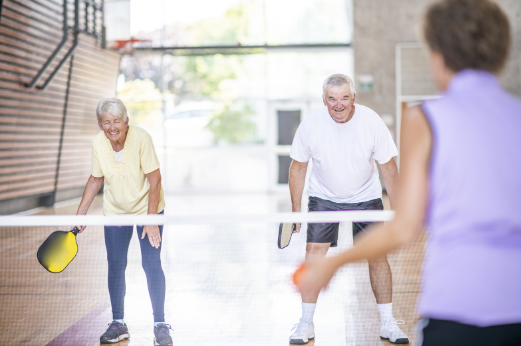Ball Control: Reviews of the Top-Rated Outdoor Pickleballs
In the fast-paced world of pickleball, the quality of the ball can significantly impact your game, particularly in outdoor environments where variables like wind and surface texture play a pivotal role. This detailed review of the Top-Rated Outdoor Pickleballs will guide you through some of the top-rated outdoor pickleballs, analyzing their performance, durability, and suitability for outdoor play.
“Understanding Outdoor Pickleballs”
Regarding pickleball, the type of ball you use can significantly impact your game, particularly when playing outdoors. Outdoor pickleballs are specifically designed to suit the external environment, where factors like surface roughness, weather conditions, and wind play a major role. Understanding the unique features and design of outdoor pickleballs is crucial for players who wish to optimize their game experience under the open sky.
Design and Construction
Outdoor pickleball are distinctly different from their indoor counterparts in several ways:
- Material: They are generally made from a harder plastic, which gives them the durability to withstand rougher outdoor surfaces like concrete or asphalt.
- Holes: Outdoor balls typically have smaller and more numerous holes. This design helps the ball perform more consistently in windy conditions, as it minimizes the air resistance and allows for a more stable flight.
- Weight and Size: They are slightly heavier and bigger than indoor balls, which helps them move more predictably in outdoor conditions, where wind might affect the ball’s trajectory.
Performance Characteristics
The performance of outdoor pickleball is tailored to outdoor play.
- Flight Stability: Thanks to their weight and hole configuration, outdoor pickleballs offer more stable flight. This is essential in coping with the unpredictable breezes that can affect ball trajectory.
- Bounce Consistency: The harder material ensures a uniform bounce on various outdoor surfaces, from textured concrete to smoother court finishes. This consistency is key to maintaining the rhythm and flow of the game.
- Durability: The tough construction of outdoor pickleballs means they can withstand the abrasive nature of outdoor courts and last longer, despite the wear and tear of frequent play.
Variability in Conditions
Playing outdoors introduces variables not encountered indoors:
- Wind: One of the biggest challenges of outdoor play is the wind, which can change the direction and speed of the ball. Outdoor pickleballs are designed to mitigate these effects as much as possible.
- Surface: Outdoor surfaces can vary widely, from smooth to rough textures, impacting how the ball bounces and moves. The design of outdoor pickleballs takes these variations into account, ensuring a more consistent play across different types of courts.
- Temperature: Outdoor temperatures can affect how the ball behaves, with colder temperatures making the ball harder and less responsive, and warmer temperatures having the opposite effect. The material of outdoor pickleballs is chosen to minimize these temperature impacts.
FAQs
- What is the main difference between indoor and outdoor pickleballs?
- Indoor pickleballs are softer and have larger holes, while outdoor balls are harder with smaller holes for durability and wind resistance.
- How often should outdoor pickleballs be replaced?
- It depends on usage and playing surface, but generally, outdoor pickleball should be replaced after every 3 to 6 months of regular play.
- Can I use outdoor pickleballs indoors?
- While you can, it’s not recommended as outdoor balls are harder and may not perform well on indoor surfaces.
- Are there specific colors of pickleballs for outdoor play?
- Outdoor pickleballs typically come in brighter colors like neon or optic yellow for better visibility in various outdoor conditions.
- Do temperature and weather affect outdoor pickleballs?
- Yes, extreme temperatures can affect the ball’s hardness and playability, with cold making it harder and less responsive.
- What should I look for in an outdoor pickleball in terms of bounce?
- Look for balls that offer a consistent and predictable bounce on various outdoor surfaces.
- How important is the durability of an outdoor pickleball?
- Very important, as outdoor balls endure more wear and tear from rougher surfaces and need to withstand frequent use.
- What is the best brand of outdoor pickleball?
- Brands like Dura Fast 40, Onix Pure 2, and Franklin X-40 are popular, but the best brand can vary based on personal preference and playing style.
- Can outdoor pickleballs be used in tournaments?
- Yes, outdoor pickleballs are used in many tournaments, but check the specific tournament rules for approved ball types.
- How does the hole pattern on an outdoor pickleball affect its performance?
- The hole pattern impacts the ball’s flight stability and aerodynamics, especially important in outdoor conditions where wind can alter the ball’s trajectory.
Conclusion
In conclusion, the right outdoor pickleball can significantly enhance your playing experience. Factors like durability, bounce consistency, and flight stability are key in choosing the best ball for outdoor play. The Dura Fast 40, Onix Pure 2, TOP Ball, Franklin X-40, and Gamma Photon each offer unique attributes, catering to various playing styles and conditions. Understanding these nuances will help you make an informed decision, ensuring that your pickleball game remains enjoyable and competitive, regardless of the outdoor conditions.

